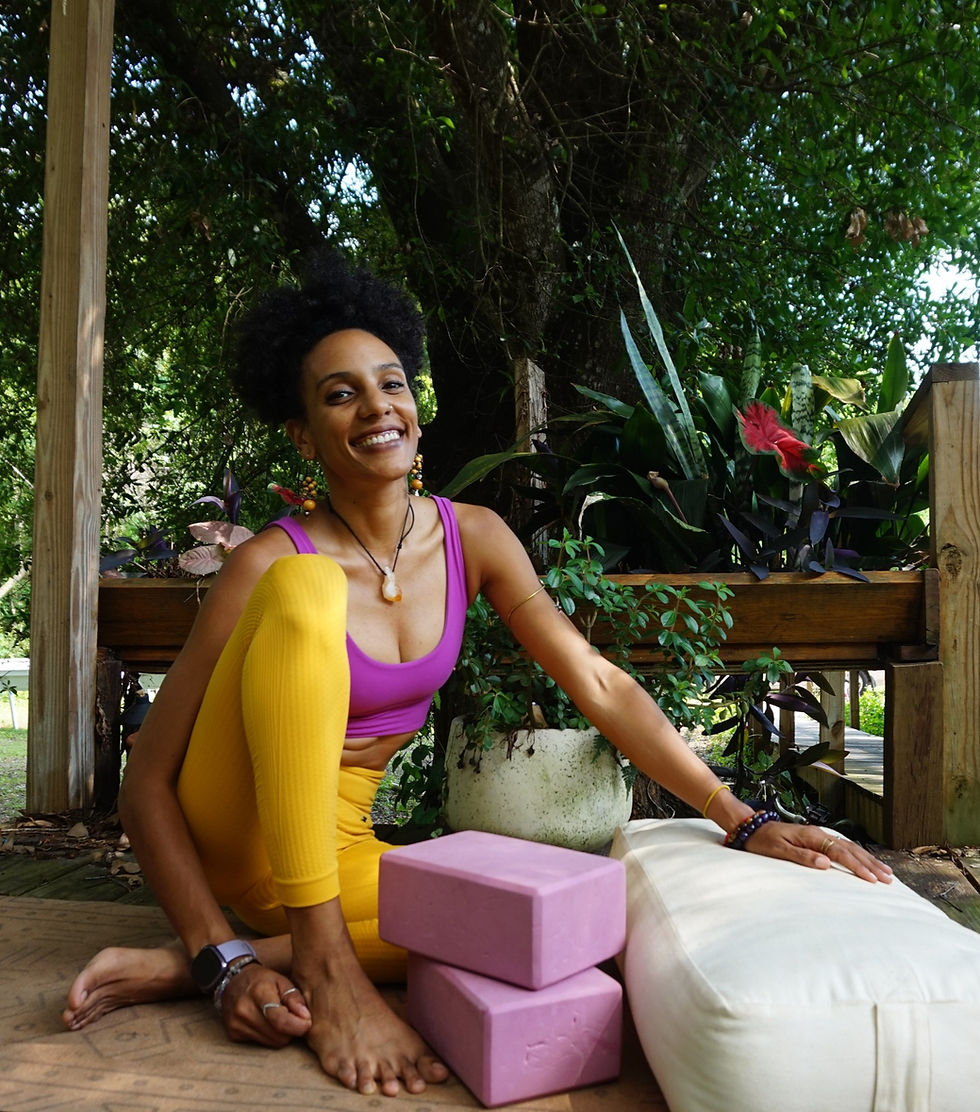Accessing Headstand – Sirsasana
- Laia Bové

- Nov 8, 2021
- 1 min read
When I began practicing yoga, I used to look for books and videos on ‘advanced’ postures. I believed that being a yogi meant making cool shapes with my body and adding in a little breathing. When I first saw pictures of Headstand, my reaction was, “Wow, that’s cool. I want to learn!” At the same time, I thought, “How the hell is that person standing on their head? This might be witchcraft!”

Hearing that Sirsasana is the ‘King of yoga poses’ only fueled the fixation I had with standing on my head. It seemed paramount that I learn to do this inversion, despite my disbelief in hierarchies within yoga (or in life, to be honest). It took me a few months to learn to safely perform a Headstand that was anatomically sound and in alignment. And as fun as it is being upside down, the greatest joy (and challenge) was definitely the journey there.









Comments